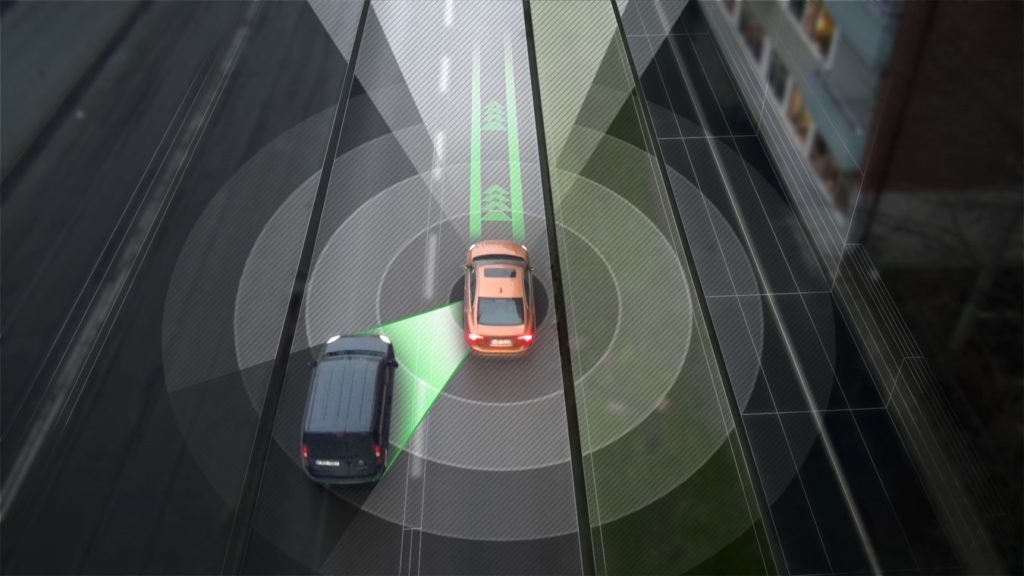
Driverless cars are no longer just a crazy idea, they’re fast becoming a reality and look set to play a big part in the future of automotive.
It’s estimated by Business Insider that there will be ’10 million self-driving cars on the road by 2020’. With manufacturers pouring in money and resources, it’s an achievable number.
Sales Figures
But until we can use sales figures from driverless cars sold to support this, we can only look at the sales figures of the closest car to it, the semi-autonomous Tesla Model S.
Tesla stated that Q4 net orders in 2016 for its semi-autonomous Model S and X were at an all-time record. Orders were 52% higher than in Q4 2015 and 24% higher than its previous record quarter, Q3 2016.
Nissan Leaf driverless cars
It’s these impressive figures that are encouraging other manufacturers to follow suit. Nissan is one manufacturer to have recently tested driverless cars on London’s roads.
Guided by five radars, four lasers and 12 cameras, the Nissan Leaf followed a carefully mapped route navigating dual carriageways, urban streets and roundabouts.
https://youtu.be/9zZ2h2MRCe0
But it’s not just the retail market that will benefit. Gulf News reported that a taxi company in Dubai has already ordered 200 driverless vehicles. This illustrates the increasing potential for autonomous cars to revolutionise taxi fleets.
Tech Company Investment
Major development is also coming from large tech companies, not just traditional manufacturers. Google has already made huge investments in driverless cars, most notably its Waymo project.
And, according to a new report from market researcher IHS, Car-as-a-Service is a game changer:
“Car-as-a-service (CaaS) is the driving force for urban transportation and Google’s strategy is to provide the technology infrastructure, maps and software to make CaaS happen sometime after 2020.”
But this drive to be first is also creating tension. Google and Uber are going to court to settle a claim that a former Google employee allegedly stole self-driving technology to start another company, before selling it to Uber.
Potential Risks
However, designing the vehicles is just one of many challenges. There are many risks involved in putting so much trust in a vehicle. Testing on roads and campuses will continue in force before autonomous cars are ready for general sale.
Interestingly, bosses at Volvo believe that driverless technology will actually cut accidents by more than 90%, as they limit the risk of human error. This reduces the need for crumple zones and airbags and allows for a more simplified design, and, ultimately, could mean lower product costs.
With reports of engineers falling asleep at the wheel during test driving due to them having so must trust in the cars, development has changed for Ford. They are now looking to bypass conditional autonomation and dive straight into fully automated vehicles.
They want to take the risk of human error away altogether by ‘removing the steering wheel, brake and gas pedals from its driverless cars’ and are looking to debut these vehicles in 2021. This sets them apart from other manufacturers that are still putting trust in humans ability to react to driving situations as they arise.
But it’s Volkswagen that has given us a real look into the future. They are looking to go one step further with their model Sedric, which will even pick up your shopping for you. Controls are simple and consist of three buttons; Go, Stop, Call Operator. To drive, Sedric uses radars, cameras and Lidar sensors to aid the vehicle on the roads. However, it’s not likely to get road permissions without campus testing.
What about costs?
We are still some way away from this yet. At just shy of £50,000 in the UK, the Tesla Model S is definitely not cheap and there aren’t any estimates for the cost of an autonomous car. Still, the industry continues to invest in the technology.
Nevertheless, there isn’t any let-up expected over the coming years. Ford is reportedly looking to spend $1 billion on artificial intelligence development in the next five years, while Volkswagen and BMW are expecting to have self-driving electric vehicles by 2021. The future is imminent.
Would you hand over driving responsibilities to your vehicle? Be sure to let us know below!
Image Source: Volvo Website
————-
If you’re interested in discussing how we can help you build beautiful and profitable long term relationships with your customers call us on 020 7287 9233 or email info@goldsanddigital.com
